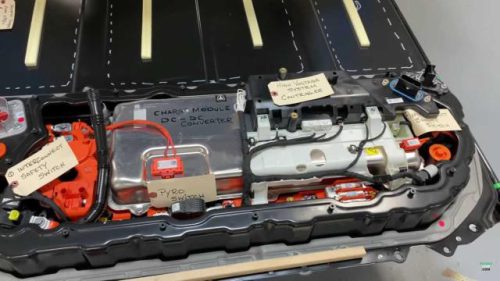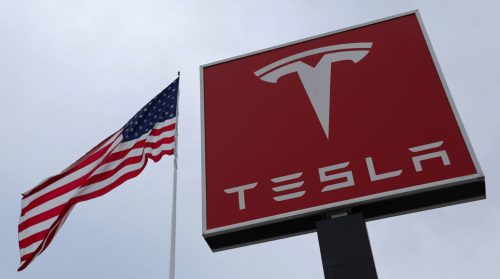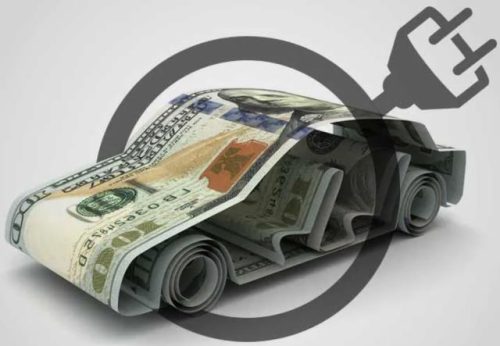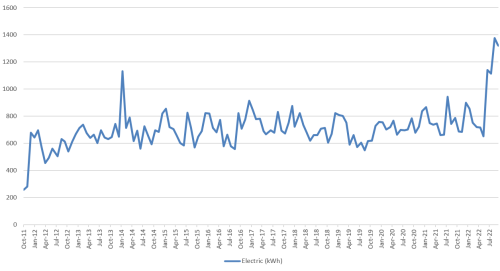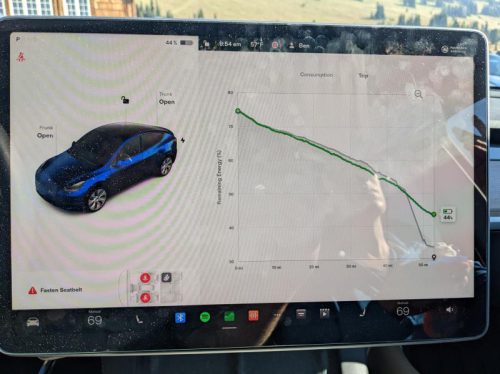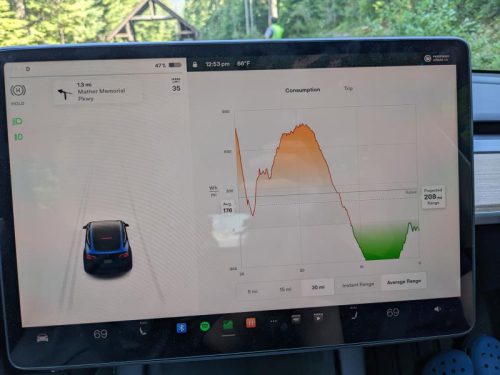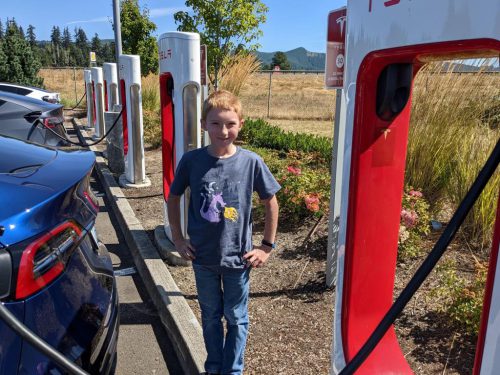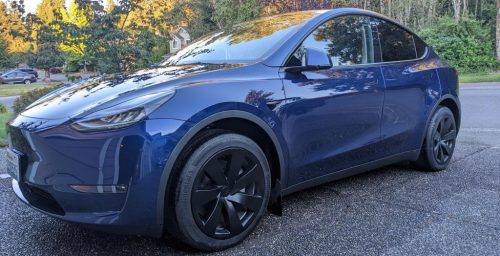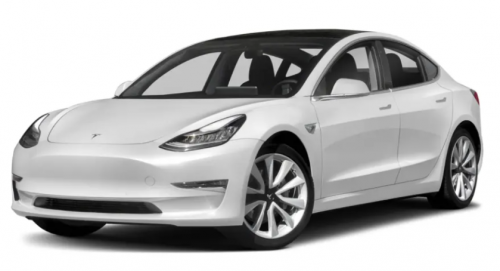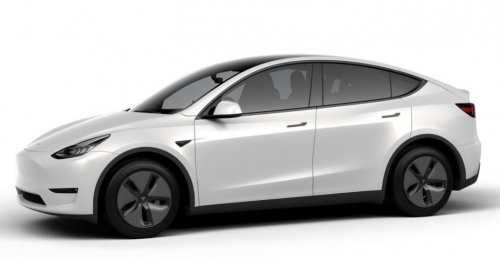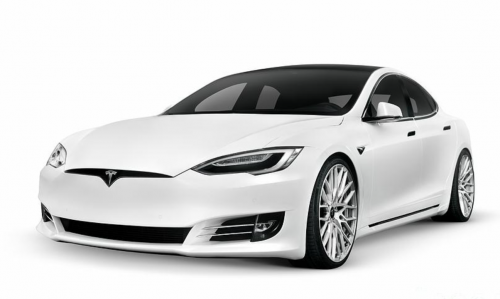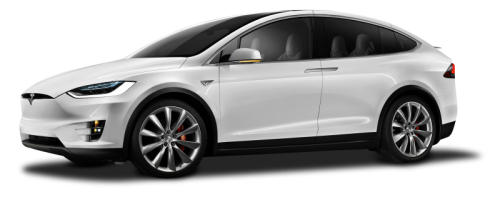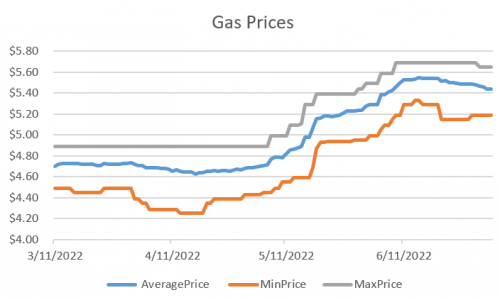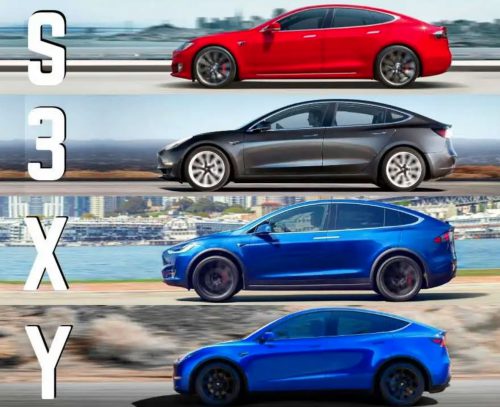Welcome to another Tesla Tuesday!
If you’re interested in an electric vehicle, you might be wondering why Teslas are so popular despite their higher price. The price has gone up quite a bit from when we ordered ours, but we were asking the same question back then too. My one-word response is: experience. Other companies are making lots of announcements about EV models, but it’s not as easy as writing an idea on paper. The supply chain, manufacturing process, and support models are all quite different for EVs. Tesla has a ~10-year head start on other companies.
For example, battery efficiency is a mix of not just the physical design of the car but also the software that manages the battery. Take a look at this report which shows the energy used per mile. Our Model Y Long Range with 19″ wheels is one of the most efficient vehicles you can buy despite the largish size. Even the Model S Plaid (one of the fastest vehicles on the planet) has better efficiency than a Nissan LEAF.
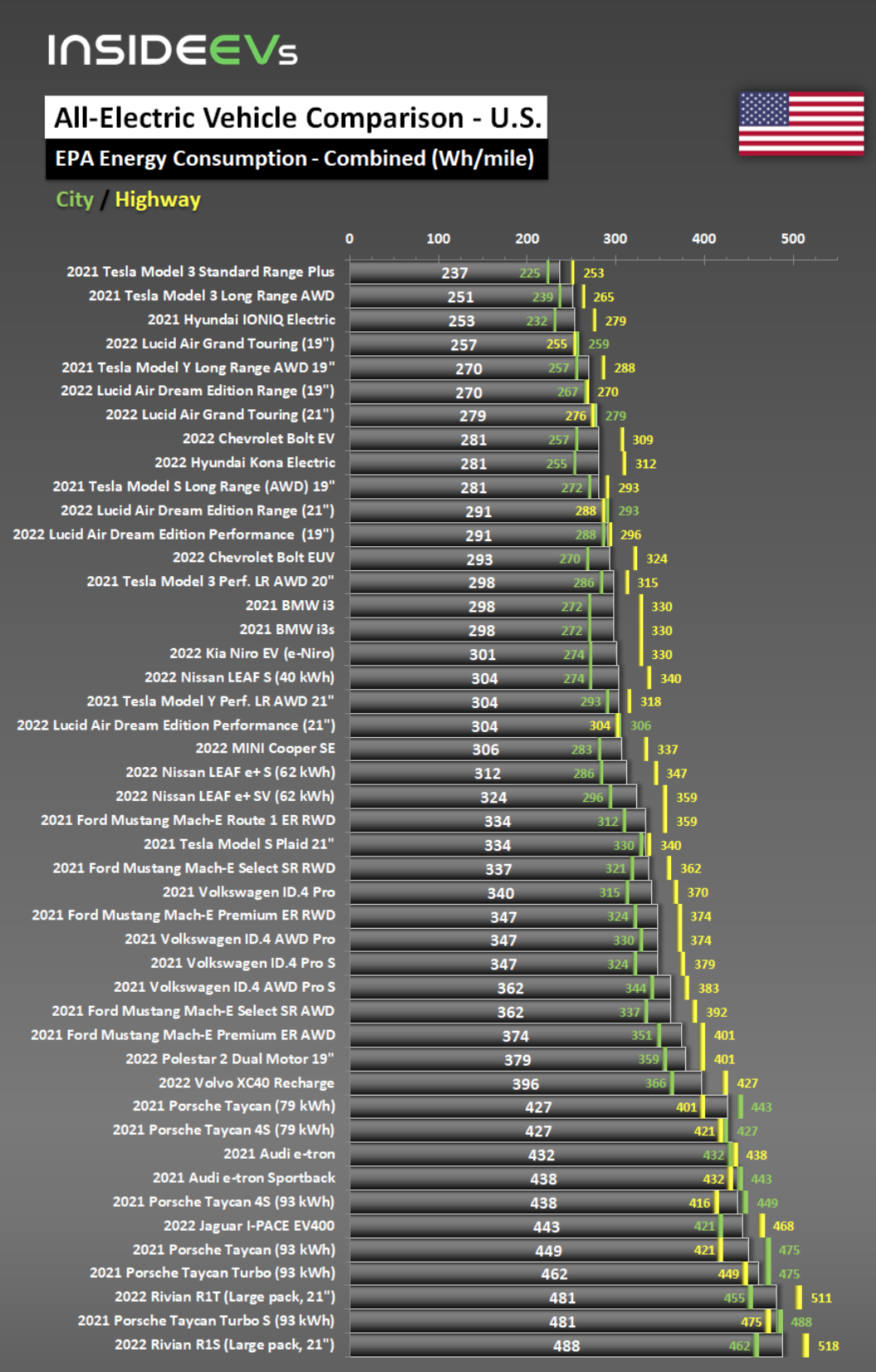
As I was thinking about this post, a good video was posted to YouTube about this exact topic.
I don’t really understand the title image and the title itself is click-baity, but the video gives 10 good reasons why you might want to choose a Tesla over another EV.
- Direct sales – no surprise markups, no dealer haggling
- Safety – Model Y is both the safest car and the best at preventing accidents as tested by multiple agencies
- Charging – Road tripping in anything besides a Tesla is painful
- Depreciation – EVs hold value better than ICE because they run much longer and Tesla’s hold value much better than any other car
- Built in the USA. Teslas are the most American made vehicles.
- Technology – Over the air software updates every month
- Dash Cam and Sentry Mode – Alerts to your phone and recorded footage from all exterior cameras
- Autopilot – Keep centered in the lane on almost any road, enormous investment in AI so it gets better with every update
- Experience – There’s a lot to learn when a company starts doing EVs and Tesla is very far ahead of anyone else.
- Tesla App – Precondition, scheduling, valet mode, charging stats, avoiding peak rates, sentry mode live stream, scheduling service
I tried to pick my top 3 from that list but it’s too hard. We loved the direct sales model. It’s awesome to know that my family is driving around in the safest car on the planet. Charging doesn’t worry us on road trips. Our car gets better every month with new software updates. Autopilot is fantastic and makes driving so much more enjoyable. And as I already said, it’s comforting to buy with the company that is effectively operating 5-10 years ahead of other companies. Ford and Volkswagen are doing better than most, but then you have behemoths like GM that are struggling mightily.
That being said, I’m happy whenever someone buys a non-Tesla EV. Competition is healthy for the market and there’s so much demand for EVs that even Tesla can’t provide enough vehicles to satisfy it.

